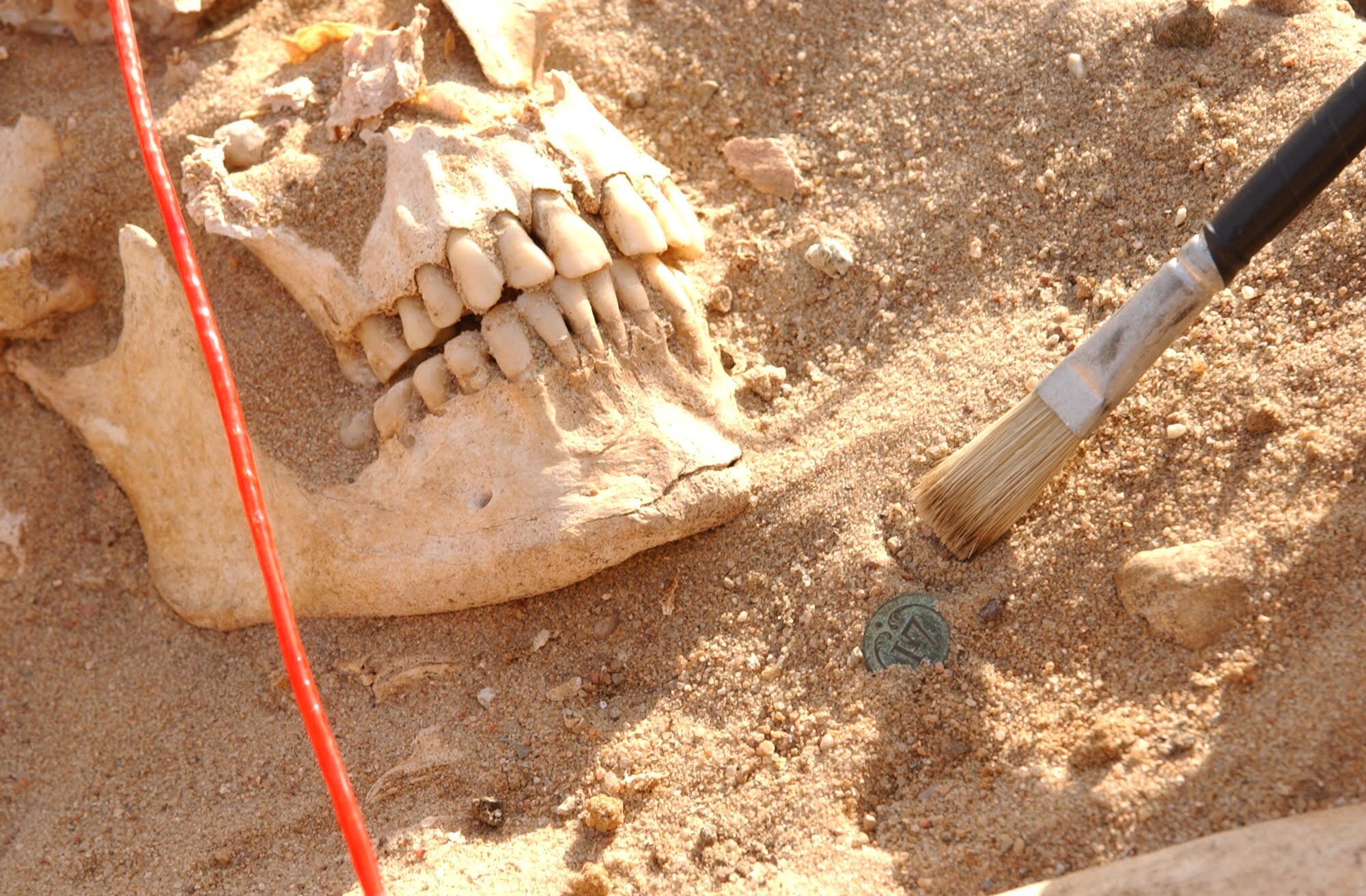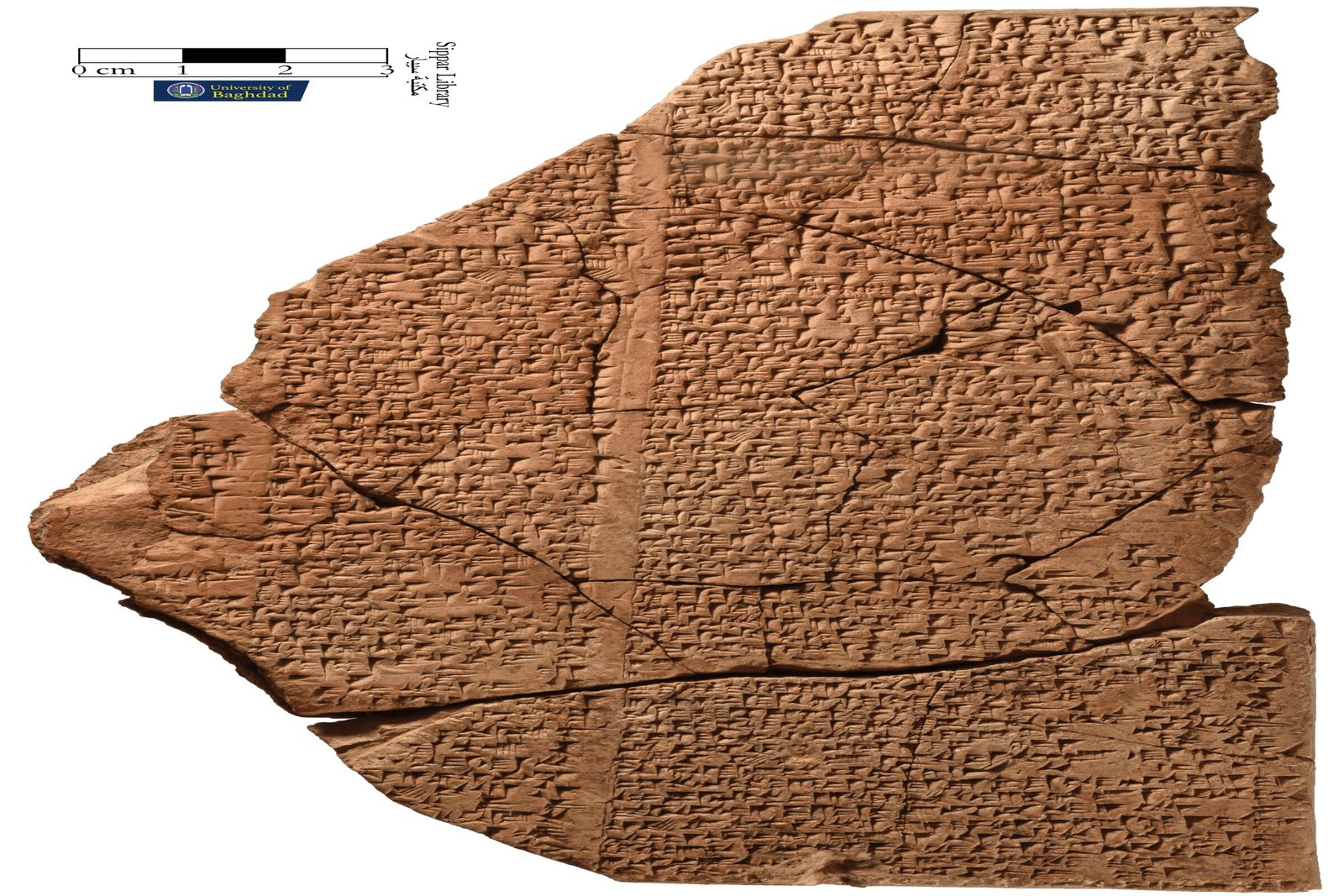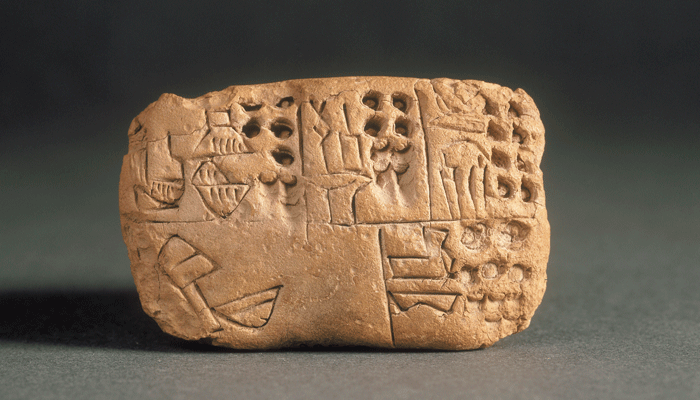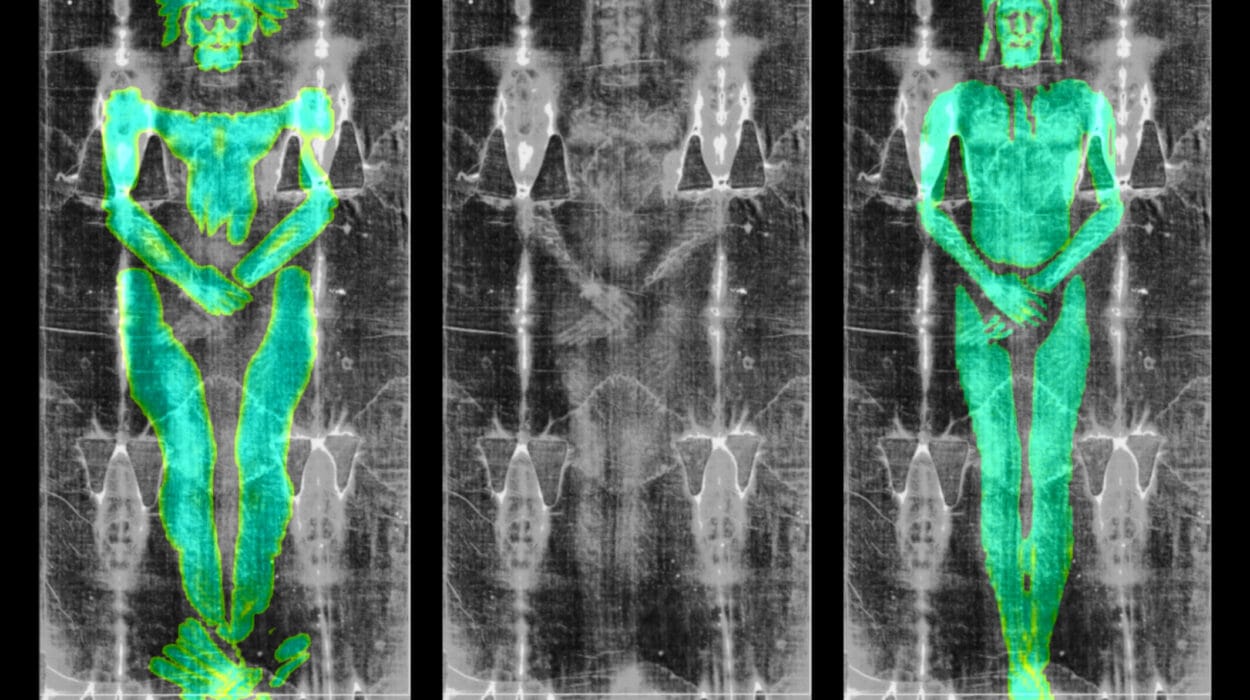In the summer of 1812, Napoleon Bonaparte crossed into Russia with an army so vast that it seemed to guarantee victory by sheer volume. Nearly half a million men marched east beneath banners and brass, carrying with them the confidence of an empire at its peak. Six months later, as winter erased the roads and hunger turned horses to bones, the same army scattered into ruin. When the survivors returned to France, they were only a haunted remnant of what had departed. Generations of historians have asked why one of the largest invading forces in European history died not in battle but in collapse.
For two centuries, the accepted answer has been disease — specifically typhus — carried by lice and accelerated by starvation and cold. Now a new study, published in Current Biology, has used cutting-edge ancient DNA sequencing to revisit this catastrophe not through diaries or dispatches but through molecular evidence preserved in teeth. What the team found rewrites a long-held assumption and illuminates the silent role of microbes in shaping the fate of empires.
Teeth as Time Capsules of Infection
The scientists focused on teeth excavated from a mass grave in Vilnius, Lithuania — a city that lay on the French army’s desperate route of retreat. Teeth are an ideal archive for microbial DNA because the pulp inside them is protected from environmental contamination once a person dies. From thirteen soldiers, researchers carefully extracted and sequenced whatever pieces of genetic material remained after two centuries in the ground.
Previous studies had found DNA and lice associated with typhus, reinforcing the historical narrative. But the new sequencing method — which does not rely on amplifying long intact DNA segments — was able to detect extremely degraded genetic fragments that earlier technologies would have missed.
What they found overturned expectation: there was no trace of the bacterium responsible for epidemic typhus. Instead, the soldiers carried Salmonella enterica, which causes enteric fever, and Borrelia recurrentis, which causes relapsing fever — a disease also spread by lice.
A Different Microbial Enemy
Enteric fever can cause raging, unrelenting infection in malnourished and exhausted bodies. Relapsing fever, as its name suggests, comes in violent waves of illness, weakening the body with each attack. Either disease can devastate troops in harsh conditions; together they form a lethal combination. The researchers argue that these infections likely played a key part in destroying the French force during its retreat — not as a brief outbreak but as a sustained collapse of health over weeks.
The absence of typhus in the samples does not necessarily mean the disease was not present in other segments of the army. It does, however, force a rethinking of the assumption that typhus alone was the killer. The new findings add nuance: Napoleon’s collapse was not due to a single medical villain but perhaps to a layered biological siege inside the soldiers’ own bodies.
Technology That Sees What History Cannot
Earlier studies relied on PCR — a method that copies specific DNA sequences if they are intact enough to amplify. But ancient DNA rarely remains intact; it breaks into tiny fragments over time. The newer methods used in this study are able to detect and identify those fragments without requiring long continuous strands. This allowed the team to cast a wider net across the genetic wreckage inside the teeth.
The researchers also made a discovery that expands the history of infectious disease beyond Napoleon. The Borrelia recurrentis strain in these remains belonged to the same lineage recently found in Iron Age Britain, meaning this pathogen persisted in Europe for more than two thousand years before disappearing from modern circulation. Microbes, like empires, have lineages and extinctions, and ancient DNA now allows scientists to write their chronologies.
A Return to the Winter of 1812
The historical picture now becomes more complex and more human. Imagine starving soldiers trudging through ice, their uniforms in rags, their bodies already overwhelmed not only by hunger and frost but by waves of bacterial invasion. Doctors at the time witnessed fever and collapse but could not see the microbes behind them. Commanders saw desertion and death but not the invisible organisms driving them. The collapse of Napoleon’s campaign was not only a military miscalculation or meteorological disaster but also a microscopic war that the army never knew it was fighting.
The study does more than answer a historical question; it demonstrates the power of ancient DNA to challenge narratives built from incomplete evidence. Empires write reports; microbes leave scars in bones. By reading those scars, modern science can reveal forces that historians could not see — forces that shaped the fate of nations.
In the end, the teeth of a few anonymous soldiers may have preserved the truth more faithfully than any document. They remind us that history is not only made by generals and decisions but by organisms too small to be seen, yet powerful enough to redirect the course of human ambition.
More information: Paratyphoid Fever and Relapsing Fever in 1812 Napoleon’s Devastated Army, Current Biology (2025). DOI: 10.1016/j.cub.2025.09.047. www.cell.com/current-biology/f … 0960-9822(25)01247-3






